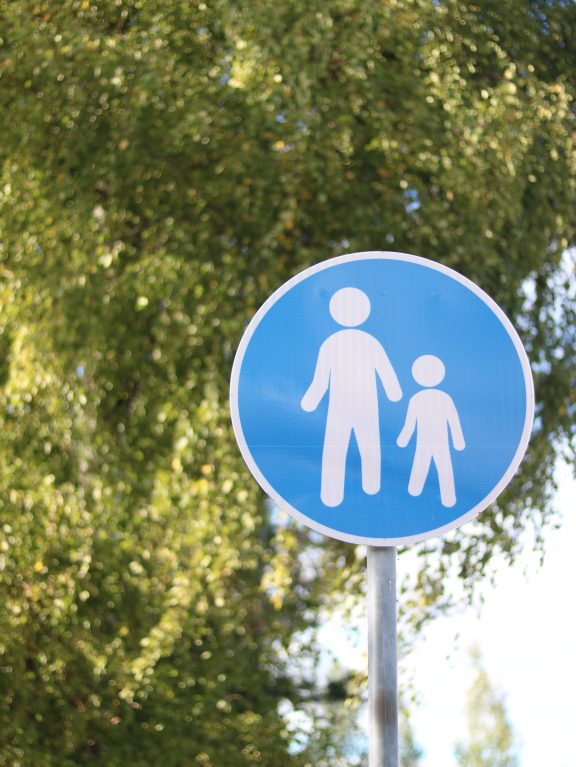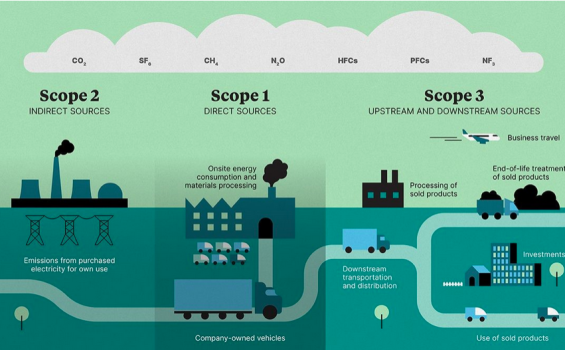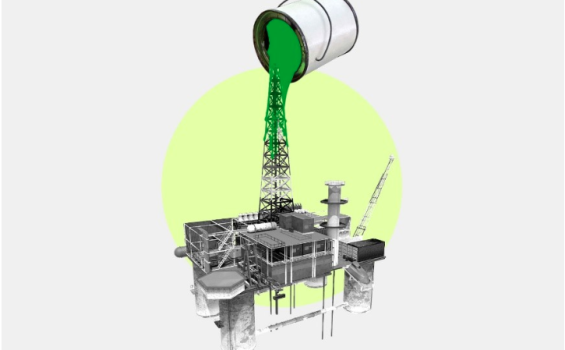
Urban Greening
2 March 2023
Heat generated by traffic, residential use and industrial activity, and especially heat trapped by concrete and asphalt leads to urban air temperatures being higher than rural environments. During the day, urban areas can be 10-15 degrees hotter than rural areas and 5-10 degrees hotter at night. Increasing plant life in city environments reduces pollution and heat, as plants help filter and cool the air around them.
Planting greenery in city areas helps alleviate pollution and heating in several ways:
- Trees help shade surfaces that otherwise might have absorbed heat. A single tree can have the cooling power of more than ten air-conditioning units.
- Water that evaporates from the trees’ leaves helps to cool surrounding areas.
- Harmful pollutants such as microscopic particulate matter are kept at bay through a process known as dry deposition, whereby particles enter and become trapped in the wax of leaves.
- Greenery provides a natural environment where water can drain away, increasing a city’s resistance to heavy rain and flooding.
- Trees can act as a wind barrier. Rather than building walls, trees can be used to reduce the impacts of severe wind, which will only intensify as global warming progresses.
Plants also help bring back animal life into an area. Urban rewilding (restoring an area of land to its natural uncultivated state) has been shown to provide pollinators and other threatened animals with new spaces to thrive, while creating spaces to introduce keystone species (animals whose presence is crucial for maintaining numbers and diversity of other species).
Greenery in cities also helps people. Many studies have shown the positive social, psychological and health benefits to humans who are exposed to green spaces. These include stress and anxiety reduction, improved cognitive functioning, lowered risks of depression and overall greater mental and physical wellbeing. Humans are happiest when we’re surrounded by other lifeforms.
How can you help with urban greening? Start with your own front and back yard. Plant and maintain native, drought tolerant plants. Get involved with your local council. Most Perth councils now provide free, native plants that you can plant on your front verge as part of their Urban Forest Programs. The programs also include tree planting days during the planting seasons (between June-September in Perth) and events for community members to help create drainage basins (unused space that is transformed with vegetation to help with stormwater collection). Participate at your local community garden or food forest. If there isn’t one nearby, think about starting your own. It’s an excellent way to get to know your neighbours and provide fresh produce to the surrounding area.
Greening cities not only helps reduce pollution and heat, but also provides a mental health boost that lasts and creates closer knit communities.
Sources


Discussion